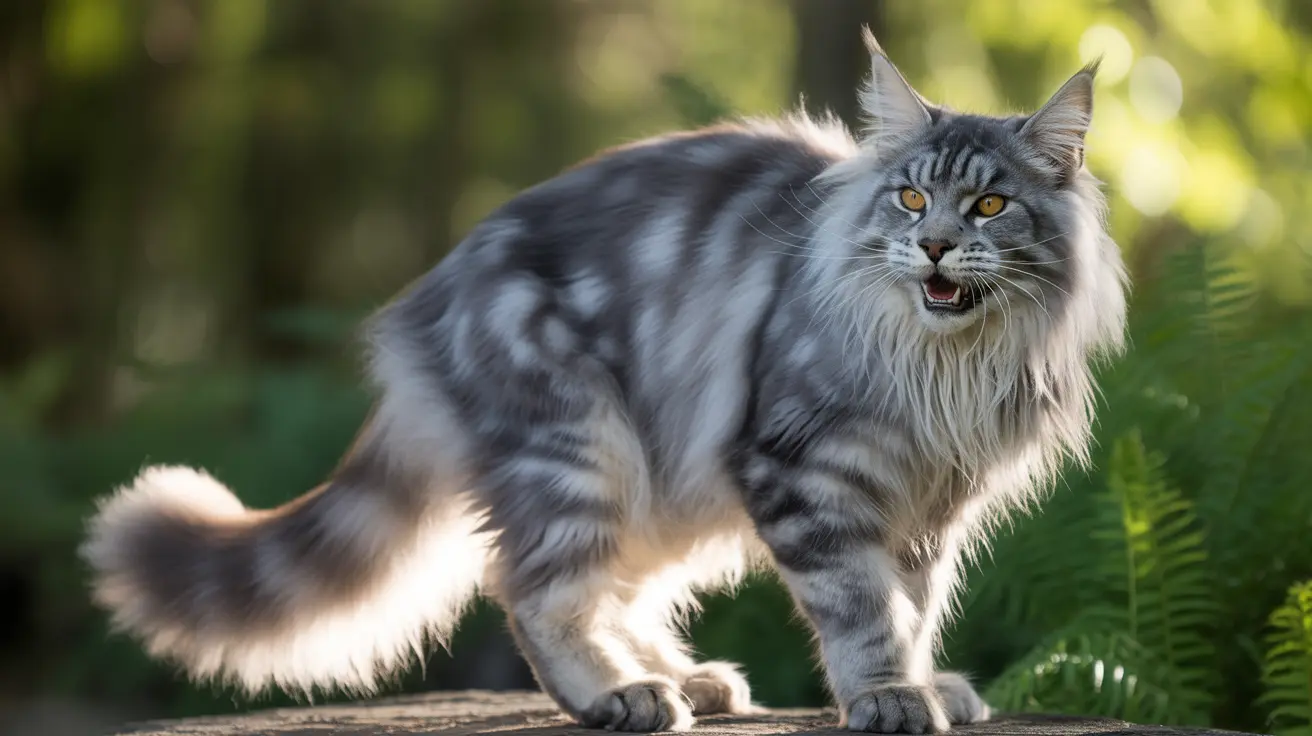Understanding Cobbing Behavior in Dogs: What Does It Mean?
Pet owners often notice quirky behaviors in their dogs, and one such intriguing action is cobbing. This term refers to a repetitive nibbling motion dogs perform using their front teeth, similar to how humans eat corn on the cob. While it may look odd at first, cobbing is a completely normal and generally harmless behavior. In this article, we’ll explore what cobbing means, why dogs do it, and when, if ever, it should be a cause for concern.
What Is Dog Cobbing?
Cobbing is the term used to describe when a dog gently nibbles on a person, another dog, or even an object, using only the front teeth. This motion typically resembles the way one might eat corn on the cob, hence the name. It is not aggressive and usually doesn't involve biting down or causing pain.
Common Reasons for Cobbing in Dogs
- Affection: Many dogs cob as a way to show affection. It’s similar to grooming behavior seen in animals like cats or primates.
- Playfulness: Puppies and young dogs often cob as a playful gesture toward people or other pets.
- Attention-Seeking: Some dogs learn that cobbing gets them attention, especially if owners laugh or respond positively.
- Displacement Behavior: In some cases, cobbing can be a response to mild stress or excitement, redirecting energy in a non-destructive way.
- Mimicking: Dogs that observe other dogs cobbing may pick up the behavior through social learning.
Health and Developmental Context
Most cobbing behavior appears in puppies during the teething stage. During this time, nibbling and chewing help relieve discomfort from growing teeth. However, some dogs retain this behavior into adulthood purely as a form of interaction. As long as the behavior is gentle and not obsessive, it is generally not a problem.
Is Cobbing Ever a Problem?
In most instances, cobbing is harmless. However, there are some cases where it may indicate underlying issues:
- Anxiety or Compulsion: If the cobbing becomes frequent and intense, it may suggest anxiety or a compulsive behavior.
- Dental Pain: A dog experiencing oral discomfort might cob more often on objects in an attempt to relieve pain. In such cases, a veterinary dental check-up is advisable.
- Skin Irritation: If a dog cobs at itself, it might be reacting to a skin condition or parasites such as fleas or ticks.
- Aggression Confusion: While cobbing is typically gentle, some inexperienced handlers may mistake it as nipping or early signs of aggression.
How to Respond to Cobbing
If your dog cobs gently and infrequently, there's usually no need to intervene. Here are some tips on managing the behavior:
- Reinforce Boundaries: If you don’t like it, calmly redirect the dog’s attention to a toy or give a command the dog knows.
- Interactive Play: Ensure your dog has enough mental and physical stimulation to reduce excessive nibbling behaviors.
- Use Training: Positive reinforcement can teach your dog alternate behaviors if cobbing becomes annoying or problematic.
- Monitor for Changes: Sudden increases in nibbling behavior should be noted and possibly discussed with a vet or behaviorist.
When to Consult a Veterinarian
It’s a good idea to consult a vet if:
- Your dog obsessively cobs at its body or specific regions.
- You observe signs of discomfort, swelling, or inflammation in the mouth.
- The cobbing behavior escalates or becomes directed toward inappropriate objects (e.g., electrical cords, furniture).
Conclusion
Cobbing in dogs is usually a sign of affection, curiosity, or play. It's a non-aggressive, low-intensity behavior that many dogs express from puppyhood into adulthood. As long as it doesn't become obsessive or harmful, cobbing is just one of the many charming ways dogs interact with their world and loved ones. Understanding this and other dog behaviors helps build a stronger, more communicative bond between you and your pet.




